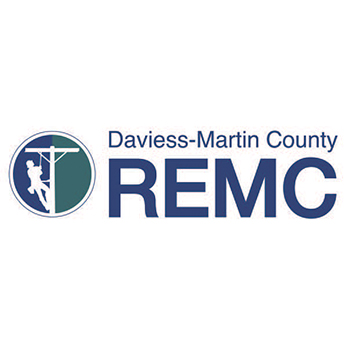A discussion about careers in STEM — science, technology, engineering and math — often involves statistics. That’s not surprising. We are, after all, talking about a field focused on facts, figures, and formulas. So, consider this: The Indiana Department of Workforce Development projects that opportunities in all occupations will grow by 13.9 percent from 2010 to 2020. But the number of STEM jobs is expected to grow by 21.2 percent.

Sue Ellspermann stepped down as Indiana’s lieutenant governor last spring to open her way to being named president of Ivy Tech Community College.
Because of this, state leaders are focused on boosting STEM education and keeping top talent in Indiana.
During his State of the State speech to kick off his term as governor earlier this year, Gov. Eric Holcomb referred to education in the STEM subjects as critical for 21st century jobs. He said the state will invest $1 million each year to better coordinate K-12 STEM education throughout the state.
STEM education early in a child’s life can lead to an interest in STEM in the future. The Indiana Commission for Higher Education works to prepare students to enter college or begin their careers following high school. Teresa Lubbers, commissioner, said the most prepared students take rigorous courses in high school, including in STEM subjects.
Lubbers said it’s important to educate students on STEM jobs and industries for three reasons:
- Individuals want meaningful careers, and STEM careers provide fulfillment.
- A growing number of Indiana employers need workers with STEM skills.
- Employees with STEM backgrounds diversify and strengthen the state’s economy.

Teresa Lubbers, Indiana Commissioner for Higher Education, is focused on boosting STEM education and keeping top talent in Indiana.
“The jobs of the future are often laced in some way with a component of STEM, even if they aren’t purely STEM jobs,” Lubbers said. For example, STEM industries, she said, will continue to need HR specialists and communicators, and all industries will continue to experience changes in technology.
Despite the state’s commitment to training its youth for the STEM jobs of the future, Gov. Holcomb said today’s workforce may not be prepared for jobs in STEM-related fields.
For instance, Holcomb noted, though there are 30,000 unfilled jobs in the state, two million Hoosiers do not have the education and skills needed for those jobs. That’s why the upcoming state budget will include $2 million to help current workers complete credentials or certificates in high-demand, high-wage industries.
Last summer, Sue Ellspermann transitioned from serving as the state’s lieutenant governor with then-Gov. Mike Pence to president of Ivy Tech Community College, Indiana’s sole full-fledged community college. When she became the college’s new leader, Ellspermann focused on learning what employers needed, not generalizing that all Indiana employers need STEM graduates. Ivy Tech has catered its programs to prepare students for those high-demand fields.
“Employers have significant numbers of jobs available,” Ellspermann said, “and our job as a community college is to both help students succeed and help them get jobs in the workforce.”
 Ivy Tech, she said, is the “biggest workforce development institution” in the state. While students from large universities — especially students who are from out of state — are more likely to leave Indiana after graduation, 90 percent of Ivy Tech graduates stay in Indiana after receiving an associate degree. She attributed that success to the college’s regional campuses being located in students’ communities.
Ivy Tech, she said, is the “biggest workforce development institution” in the state. While students from large universities — especially students who are from out of state — are more likely to leave Indiana after graduation, 90 percent of Ivy Tech graduates stay in Indiana after receiving an associate degree. She attributed that success to the college’s regional campuses being located in students’ communities.
Most of the occupations with the highest growth rate in Indiana are in the STEM fields. Occupational therapy assistants top the state’s list with a projected growth of 42.57 percent from 2014 to 2024, followed by biomedical engineers at 39.6 percent, home health aides at 39.46 percent, statisticians at 39.44 percent and web developers at 39.02 percent. The Department of Workforce Development’s occupational demand report details the expected workforce needs of Indiana employers for a 10-year projection.
Ellspermann describes the state’s economy as “ever-tightening” with a 4 percent unemployment rate.
She said she always encourages students to consider a career in a STEM field. When her two daughters were contemplating their careers, she challenged them to pursue the toughest degree but reminded them they could always step back into a different career, too.
“If you are capable of STEM coursework and enjoy it at all, pursue it,” Ellspermann said. “There are lots of areas out there where you can figure out your sweet spot. It’s tougher, if you’ve never had calculus, to go pick that up later in life. It’s better to learn it when you’re young and see where it’ll take you.”
Ellie Schuler is a communications specialist with Electric Consumer.
Read the March 2017 cover story on electric co-op career opportunities.



